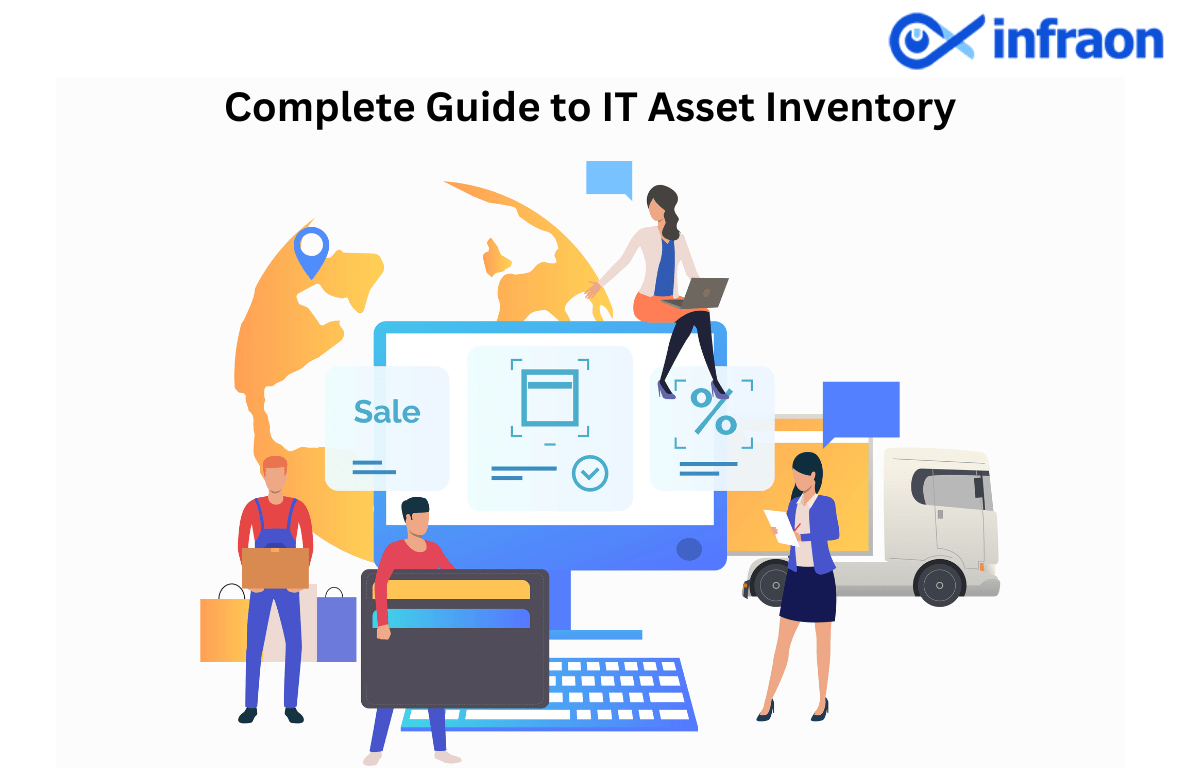Choosing a new IT operations management tool is a challenging task. It is essential to consider several factors before investing in a tool. IT expenses account for an average of 10%-15% of business revenue, so making an informed decision about purchasing a tool is crucial for your company.
Related article: Why SaaS equilibrium is crucial to surviving the recession
What should you look for when choosing ITOM Software?
Whether you are looking to invest in a new tool or replace an existing one, here are five things to consider before buying ITOM software. The following tips will assist your team in making the final decision on which ITOM tool to add to your tech stack.
1) Understand your need – The first step for buying an ITOM tool is to think about why there is a need to make a purchase. Sometimes, a new tool replaces an existing one or is used in the context of a new strategy.
Identify an issue the team faces and develop better strategies to resolve it. Create a list of the current pain points in your company or the existing software if you are looking for a replacement. Consider the pros and cons of the tool you would like to replace so that you can choose the best replacement.
2) Establish your budget – In any business, pricing is crucial, but it shouldn’t be the only factor you consider. It may not be enough to decide based solely on the price point to ensure your business gets the most value. It’s not a good idea to buy an expensive tool just because it has extra features since many of them may not be helpful for your business.
If you are considering pricing, you should begin with the basic budget and focus on must-have features within the price range. Then list the features you want and those you don’t need. This way, you can better understand the value that the tool can provide for your business.
Please make sure the tools you choose are scalable so that they can grow with your business. Analyze your business needs in five years and determine if tool costs will increase with increased users, processes, or products.

3) Look for Customization: It is understood that each organization’s needs are unique. Customization allows specific modifications based on your need. Standard features can be customized based on your particular needs. Additionally, you can add or remove features as you see fit. Highly customizable software may also mean that the system could be more convenient and easier to adopt.
Here, simplicity might also have a price. Adapting your company’s needs to a system with limited customization can take time and effort. The tool may also become more challenging as your business’s needs and strategies change over time. The final decision on the level of customization has to be based on the trade-offs and how the-friendly the team using the tool is.
4) Look for demos and free trials – Once you narrow down your tool choices, you’ll have to examine each option thoroughly. You can create the most effective strategy by analyzing each option in depth.
Companies usually offer 15-day free trials. You can save time and money by using these trials. Also, some companies provide free guided demos via video conference, which can be highly informative. List everything you like or dislike about each of your options. As part of this step, you’ll be able to determine which tool is most appropriate for your company.
5) Know the Support System: Support teams determine whether a tool succeeds or fails. The situation varies depending on whether you have a small IT department, if the tool is complex, or if all employees use it. You may need extra assistance from the support team in these situations.
Consider all vendors’ support hours before deciding. It is essential to take the time to ask about support hours, as well as how you can get support during those hours. Is everything handled by email or a ticketing system, or is phone support available? What is the expected response time to a ticket if you use a ticketing system? The support department of the company should be accessible when you need them.
Related article: IT Operations Management (ITOM) Best Practices
To Wrap-up:
When evaluating tech tools, your company’s particular needs are the most important things to remember. Tools should ease our workload, make your jobs more efficient, and be easy for your employees to use. These five tips may help you assess all the tools and options for your business and to make the right choice.






















